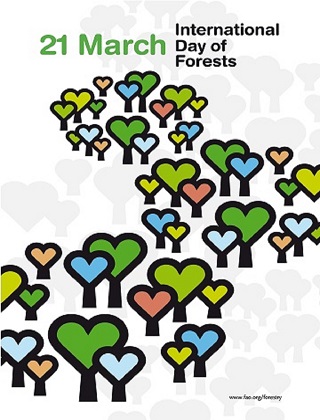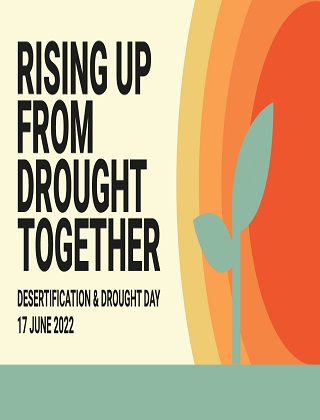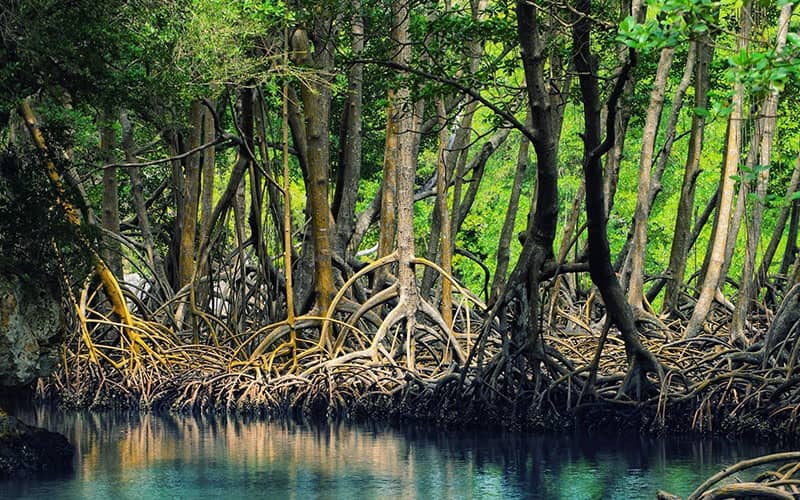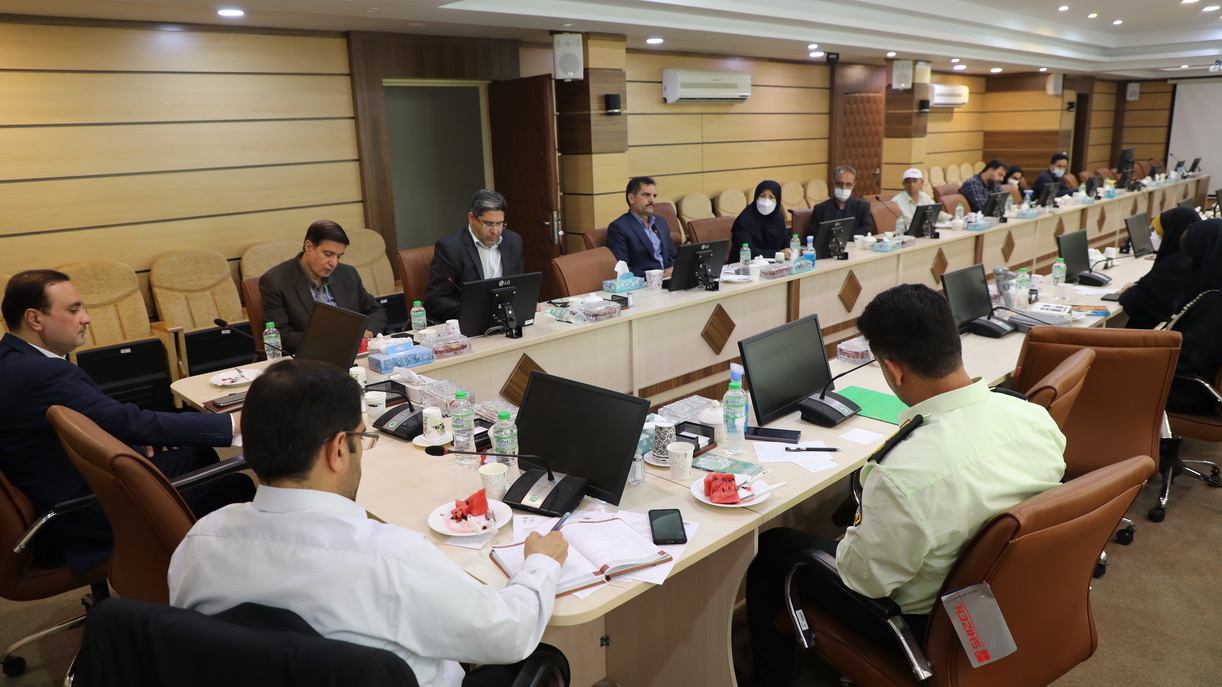Forests in Iran The difference in northern and southern latitudes, topographic features including internal plains and climatic conditions of the country have created a unique collection of more than eight thousand plant species including herbs, shrubs and trees in five forest zones as follows: 1. Hyrcanian forest Zone 2. Arasbarani forest Zone 3. Zagros forest Zone 4. Iran-o-Tourani forest Zone 5. Persian Gulf and Sea of Oman forest Zone Hyrcanian Forests Forests located in the northern part of Iran, also known as the Hyrcanian forests, are a rather narrow green belt bordering the northern part of the Alborz Mountains and extend about 800 kilometers in length and 20 to 70 kilometers in width in an area about 2 m/ha. The area of these forests, based on the latest FRWO statistics, is about 2,000,400 ha of which1,024,506 ha closed forests,660,952ha semi-closed forests with 25-50 percent canopy cover and 256,894ha open forests with 5-25 percent canopy cover, together with about 58084ha of man-made plantations. The Caspian forests are extended at the altitude of a maximum of 2800 meters from sea level and comprise a mixture of beech, blue beech, oak, maple and alder. The Hyrcanian forests contain remnants of the broad-leaved forests that once covered most of the North Temperate Zone about 25 - 50 million years ago, in the early Cenozoic Era. During the Pleistocene epoch when Europe was covered by ice, the Hyrcanian forests remained alive, and at the end of the ice age plant species of the Hyrcanian forests extended westward to Europe. The Hyrcanian forests is listed by the World Wide Fund for Nature (WWF) as a Global 200 Eco-region, and by Birdlife International as an Important Bird Area (IBA) due to its unique and diverse communities that house many endemic and threatened tree, mammal and bird species. Fertile soil, proportionate precipitation and high humidity have created a varied collection of plants in this region of which the most important plants are: Beech (Fagus orientalis), hornbeam (Carpinus betulus), oak (Quercus castanefolia), maple (Acer spp.), alder (Alnus Spp.), tilia (tilia cordata), ash tree (Fraxinus excslcior), yew (Taxus baccata), zelkova (Zelcova carpinifolia), cherry (Prunus avium) elm (Ulmus glabra), and boxwood (Buxus hyrcana). Due to the ecosystem and environmental values of these forests, FRWO has completely stopped logging and wood harvesting operation in these forests in accordance with the law in 2017. Arasbarani Forests The region is located in the north west of Iran in the watershed basin of the Aras River and is one of the world’s foremost genetic reserves for its high biological variety with an area of 200000 ha. Since 1976, UNESCO has registered 72,460 hectares of the region, confined to 38°40' to 39°08'N and 46°39' to 47°02'E, as biosphere reserve. The area’s sub-humid climate has created a semi-closed forest in this region, and although the annual precipitation fluctuates between 300 to 600 mm, the occurrence of an almost permanent fog has increased the humidity of the soil. Arasbaran is characterized by varied plant species and most of the forest species of the Hyrcanian region can be found in here. However, lack of the main tree species of this region such as beech and alder, has differentiated it from the Hyrcanian region. There are about 100 tree species, the most important of which are as follows: juniper (juniperus sp.), maple (Acer spp.), almond (Amygdalus spp.), hornbeam (carpinus betulus), hackberry (celtis australis), dogwood (cornus mas), hazel (corylus avellana), fig tree (ficus carica), ash tree (fraxinus excelsior), walnut (juglans regia), oak (Quercus sp.), mulberry (morus spp.) and pistachio (pistacia mutica). Zagros Forests The Zagros Mountains extend from the North West border up to the Straits of Hormoz, about a total length of 1,600 km. The area is under the direct impact of the sub-humid climate from Black Sea and the Mediterranean Sea in the form of precipitation and thus has created 6,000,000 ha of forests. The most important plant species in this region includes oak (Quercus infecturia, Q.libani and Q. brantii ) which can be found in the Zagros forests in addition to other tree and shrubs species like Acer(Persicum), maple (Acer cinerascens), wild almond (Amygdalus scoparia), barberry (Berberis integerrima), hackberry (Celtis caucasica), hawthorn (Crataegus azarollus), hopbush (Dodonaea viscosa), cypress (Cupressus sempervirens), wild pistachio (Pistacia atlantica), wild pear (Pyrus glabra) and plum (Prunus tortuosa). In this connection Zagros region plays a key role from many aspects including flora and fauna diversity, water supply, crop and meat production and environmental values. The government, however, due to lack of enough natural regenerationhas a detailed conservation program for maintaining the Zagros as a conserved area. Iran-o-Tourani Forests The area covers about 75 percent of Iran's land area. The forest area in this region is estimated at 4,204,747 ha which is used for conservation purposes. The typical forest exploitation in this region is for fuel wood production for local purposes. It is located in the southern part of the Alborz Mountains, and in the north east, the east and central area and parts of south eastern Iran including Barez Mountains. Little precipitation and a long arid season differentiate the region from other parts of the country. Some of the species which can be found in this area’s upland region are: Juniper (juniperus polycarpus), pistachio (pistacia atlantica), almond (amygdalus spp.)in upland region and saxaul (haloxylon spp.), tamarisk (tamarix spp.), bean caper (zygophyllum atriplicoides) and calligonum (calligonum sp.) in the lowland region.
Persian Gulf and Sea of Oman Forests This region extends through a narrow strip in the southern part of Iran to the border with Pakistan. The mean annual precipitation ranges between 100-250 mm. The forest area in this region is estimated at 2,132,000 ha which is used for conservation purposes. The main trees and shrubs of this region are: Jujube (Ziziphus zizyphus), Mesquite (Prosopis cineraria), Acacia (acacia spp.), Silk tree (albizia sp.), Mudar (calotropis procera), Neem (Azadirachta indica), Oleander (Nerium sp.), Rohida (tecomella undulata), black Mangrove (avicennia germinans), red mangrove (Rhizophora mangle). Mangrove forests can be found along the coastal line of the Persian Gulf and Oman Sea, particularly in the north of Qeshm Island. These forests are the habitat of a number of valuable species of marine animals and sea birds, and have special bio-ecological value. The total area of Mangrove forests is estimated at about 30400 ha, and is significant in terms of genetic reserves, water and soil conservation as well as wild life protection.
|


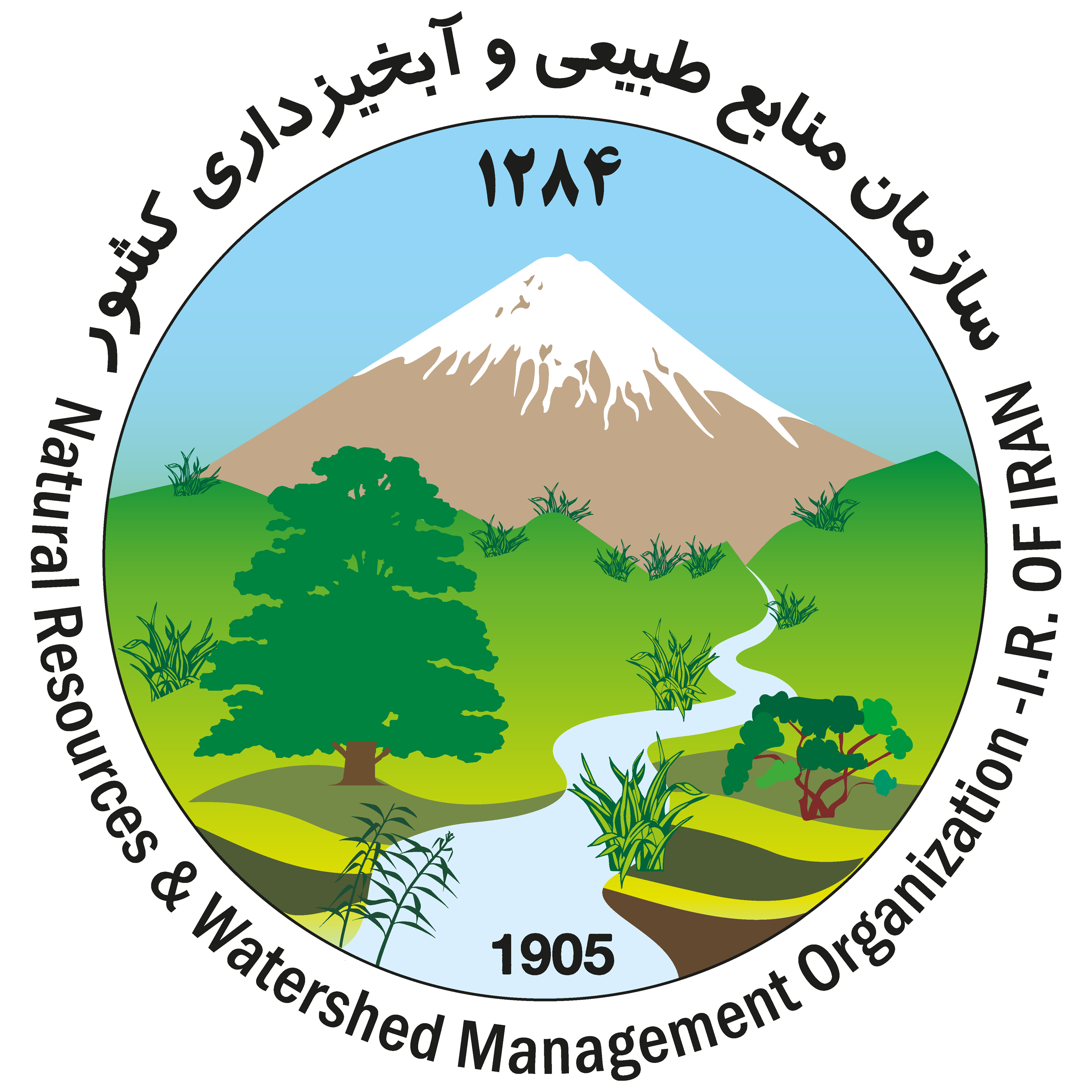

.png)

